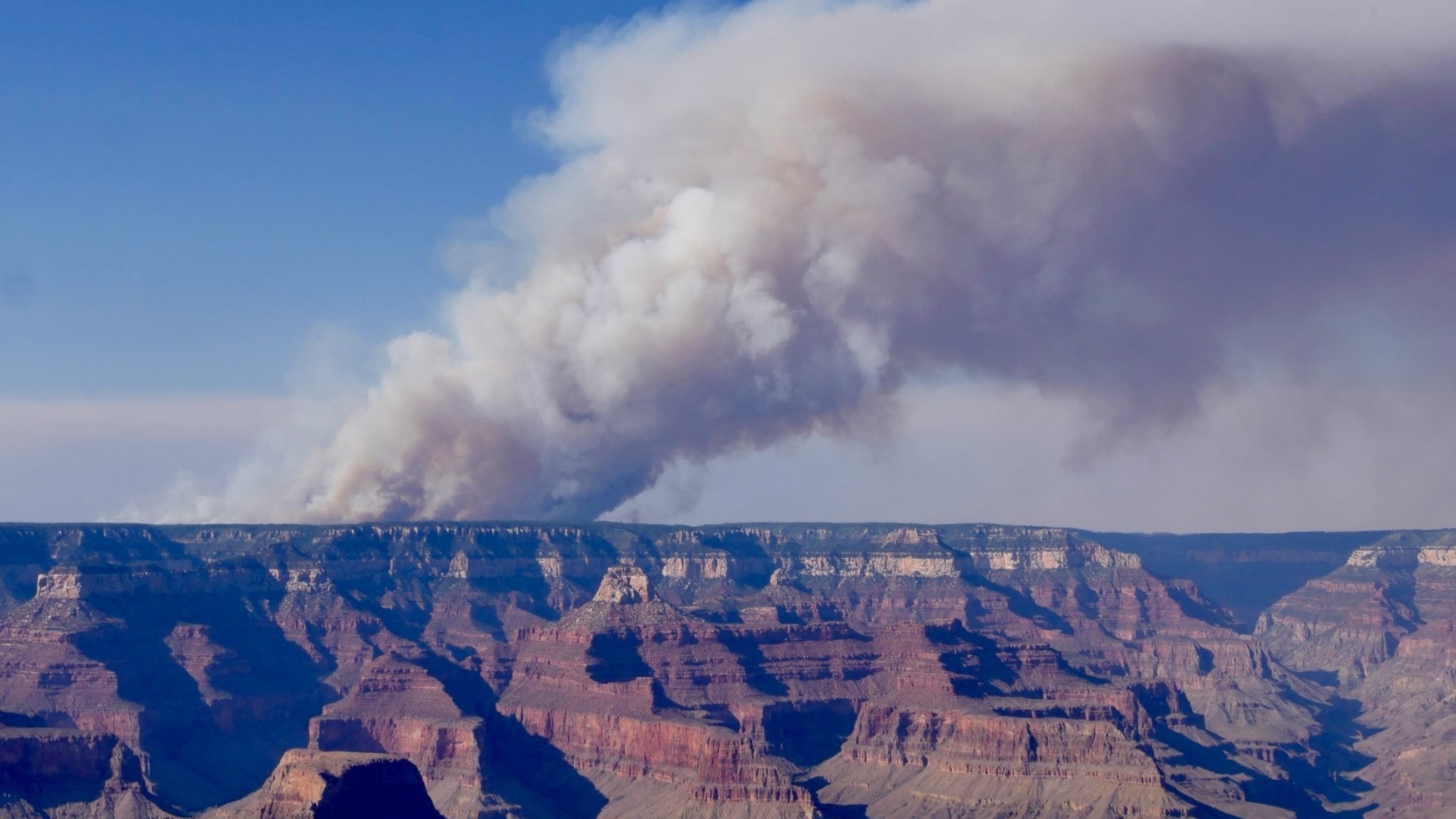Grand Canyon Dragon wildfire burns down historic lodge and triggers toxic gas leak

Drought concerns grow as the Midlands face dry conditions, while climate scientists call for global CO2 tracking amid US policy uncertainties.

All major sources, one page
Feel the mood behind headlines
Know what’s trending, globally
Get summaries. Save time
7,945
115
204
2 hours ago
Stay sharp in 60 seconds. Get concise summaries of today’s biggest stories — markets, tech, sports, and more
All major sources, one page
Feel the mood behind headlines
Know what’s trending, globally
Get summaries. Save time
7,945
115
204
2 hours ago
Stay sharp in 60 seconds. Get concise summaries of today’s biggest stories — markets, tech, sports, and more